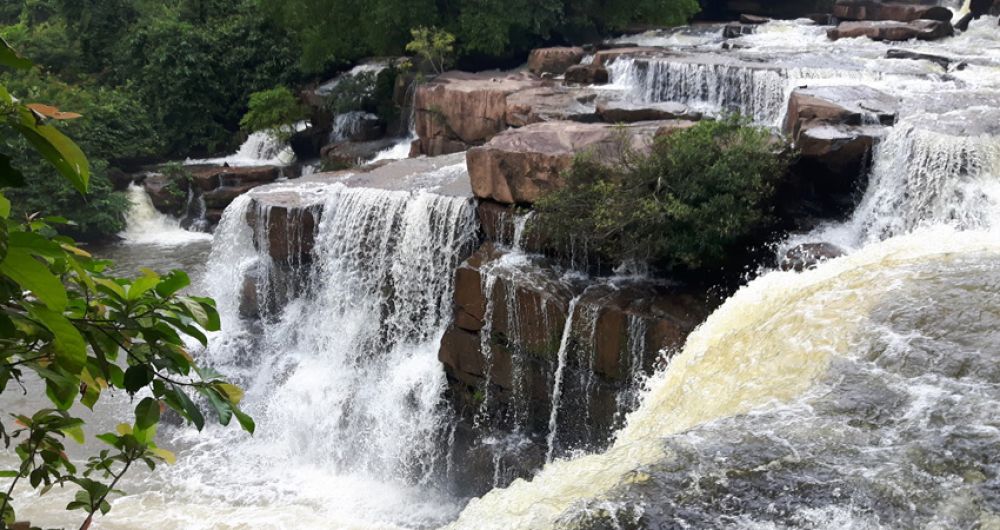

The Kbal Chhay Waterfall in Sihanoukville, Cambodia, serves as a picturesque natural getaway for both local residents and global tourists alike. Tourism at Kbal Chhay Waterfall has seen various developmental phases that can be traced back to the modest beginnings of Sihanoukville itself as a touristic spot.
In the 1960s, with the construction of the port city of Sihanoukville, named after King Norodom Sihanouk, Cambodia made its initial steps into developing this area into a bustling holiday destination. The beautiful coastal region slowly attracted tourists to its beaches and the nearby Kbal Chhay Waterfall. However, tourism was disrupted amidst the turmoil of the Khmer Rouge regime in the 1970s.
After years of instability, Cambodia opened its doors again to international tourists in the 1990s. The rediscovery of Sihanoukville’s pristine sands and the natural wonders surrounding it, including the cascading waters of Kbal Chhay, brought about a wave of tourists seeking tranquility and natural beauty.
Modern advances in the 2000s saw significant investment aimed at improving the infrastructure leading to and from Kbal Chhay Waterfall. Road improvements facilitated easier access, leading to a surge in visitors. New facilities such as restrooms, food stalls, and picnic areas were also developed to enhance the tourist experience.
With increasing recognition of the waterfall’s natural splendor, the Cambodian government took steps to proclaim Kbal Chhay as a protected area in 2010. Recognizing the need to balance environmental conservation with tourism, efforts have been made to implement sustainable tourism practices. This includes controlling the number of visitors to prevent overcrowding and ensuring that the local communities benefit from tourism as well.
In recent years, there has been a notable trend towards eco-tourism, with visitors growing more environmentally conscious and seeking out natural attractions like Kbal Chhay. Tour operators and local businesses have adapted by offering more eco-friendly services and promoting environmental awareness among tourists.
Additionally, Kbal Chhai has gained popularity among adventure seekers. With the advent of social media, breathtaking photos and videos of the waterfall have attracted tourists interested in hiking, swimming, and nature photography.
The global events such as the COVID-19 pandemic have had a notable impact on tourism worldwide, and Kbal Chhay Waterfall was no exception. However, as travel restrictions have eased, there’s a visible rebound in tourism with safety protocols in place, indicating a hopeful future for Kbal Chhay Waterfall as a cherished natural landmark in Cambodia.
In conclusion, Kbal Chhay Waterfall's tourism industry has experienced various ups and downs, mirroring Cambodia's own historical challenges and triumphs. Today, Kbal Chhay remains a testament to Cambodia's resilience and dedication to preserving natural beauty while welcoming the world to enjoy its splendor.